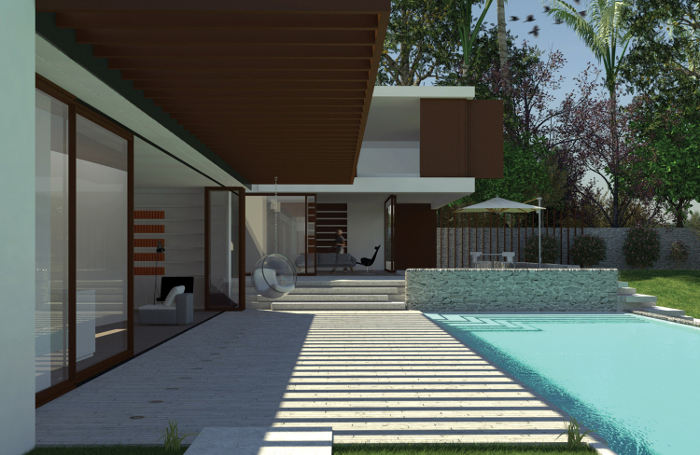Over the course of their careers, architects develop a wealth of different skills. Some of these cross over with the key design work of architecture; while many of them are quite different.
It is sound business sense to make the most of these non-core activities: many practices have found that their spin-off areas have grown into profitable businesses in their own right.
In addition to its main practice, Marchini Curran has set up autonomous companies providing engineering, interior design, and planning services. These have their own clients and deliver revenue streams independent of, yet complementary to, the practice which set them up.
The practice never set out to create a micro-conglomerate of separate businesses. They began by diversifying into structural engineering, driven by the idea of offering a better service to clients.
An engineer that was a friend of the practice was leaving a large firm to set up on his own. Marchini Curran invited him to join the practice instead.
"We felt that we were always getting the B-team from large engineers," recalls Nick Marchini. "We simply thought we could do better for clients, who were often happy for us to recommend the engineer."
MCE, as the company is badged, now has three engineers on its separate board of directors, and its work may or may not involve the practice itself: it counts several other practices among its clients.
"We only offer our own engineering services if it is appropriate and would not try to force it on a client," assures Marchini, "but it is there for the clients that are more interested in a one-stop shop approach."

Their next venture into diversification came with MCi in 2016, their interior design wing. Interiors had always been a strength of the practice, but the catalyst was a leisure client who suggested they could be charging additional fees for the interiors work they were doing on their projects, convinced that clients would pay.
Encouraged to find its own clients, the interiors business was often involved in show homes on developments. These subsequently helped Marchini Curran move into higher-end residential work in London, both in interior design and architecture.
The interiors business has its own website, Instagram following and active social media presence. It has grown significantly and is engaged in activities that Marchini says the architectural practice would never have thought of doing.
The baby of the group is MCP planners, which was set up in autumn 2017. Again, the aim was to improve their overall service to clients, identifying a need born from a planning system that is becoming ever more complex.
Each company has its own board and is owned by a single holding company. The branding allows each division to have its own identity, while being recognisable as part of the Marchini Curran family.
Marchini believes that keeping each company separate makes using them more acceptable to other consultants than if they were a single multi-disciplinary practice and potential rival. He also believes the fee income is higher.
"We never pry into other people’s projects," Marchini avers. "We are not aggressive: we leave our companies to it and would never try to jump in." However, he adds that it has been fascinating to see how the engineers work with other architects.
On the other hand, the practice is currently working on a mews development for which it was able to provide planning, architecture, and engineering services, and it will design the show house.
The Nottingham-based businesses have a combined total staff of 32. Marchini finds this size of practice works well: it is flexible enough to take on a private house or a £100m development without the middle management and other complications that come with a large practice.
The practice is looking to diversify further. A software company is a distinct possibility, as Marchini Curran has been developing its own cloud-based finance and accounting system. They believe it could be very attractive to small and medium-sized consultancies and are working to make it cheaper than off-the-shelf systems.
Thanks to Nick Marchini, Director, Marchini Curran Associates.
Text by Neal Morris. This is a Professional Feature edited by the RIBA Practice team. Send us your feedback and ideas
RIBA Core Curriculum Topic: Business, clients and services.
As part of the flexible RIBA CPD programme, Professional Features count as microlearning. See further information on the updated RIBA CPD Core Curriculum and on fulfilling your CPD requirements as an RIBA Chartered Member.
Posted on 21 March 2019.









